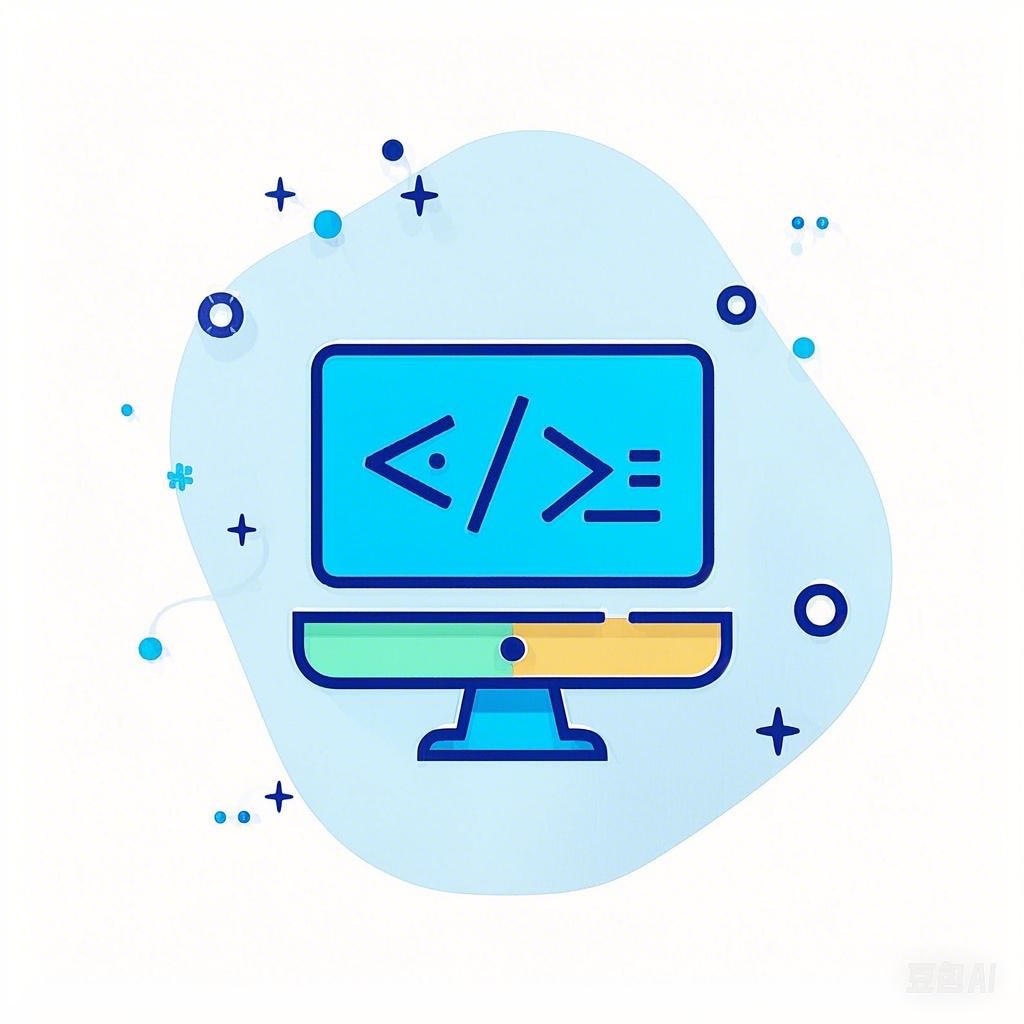In the era of big data and information overload, visualization has become a crucial tool for making sense of complex information. Big screens, often equipped with advanced visualization technologies, play a pivotal role in presenting data-driven insights in an engaging and accessible manner. This article aims to decode the English abbreviations commonly used in the context of big screen visualizations, providing a comprehensive guide to understanding and utilizing these terms effectively.
Introduction to Big Screen Visualizations
Big screen visualizations are designed to display data on large screens, such as those found in conference rooms, command centers, or public displays. These systems are characterized by their high resolution, large screen size, and the ability to handle large datasets. The primary goal of big screen visualizations is to enhance communication and understanding of complex data by presenting it in a visually appealing and informative way.
Common Abbreviations in Big Screen Visualizations
1. UI (User Interface)
The user interface (UI) is the point of interaction between the user and the big screen visualization. It includes all the elements that allow users to interact with the system, such as buttons, menus, and sliders. Understanding the UI is crucial for navigating and interacting with big screen visualizations.
2. UX (User Experience)
User experience (UX) refers to the overall experience of a person using the system. In the context of big screen visualizations, UX focuses on the design and functionality that makes the system intuitive, efficient, and enjoyable to use.
3. Viz (Visualization)
Viz is a shorthand for visualization. It encompasses all the graphical representations of data, including charts, graphs, maps, and diagrams. The choice of viz plays a significant role in how effectively the data is communicated.
4. D3.js
D3.js is a JavaScript library that allows developers to manipulate HTML, SVG, and CSS to generate complex visualizations. It is widely used in big screen applications due to its flexibility and powerful features.
5. API (Application Programming Interface)
An API is a set of rules and protocols for building and interacting with software applications. In the context of big screen visualizations, APIs allow developers to integrate data sources and external systems into the visualization.
6. SDK (Software Development Kit)
An SDK is a collection of software development tools that allows developers to create applications for a specific platform or system. In the case of big screen visualizations, SDKs provide the necessary tools to develop and deploy visualizations on big screens.
7. KPI (Key Performance Indicator)
A KPI is a quantifiable measure used to assess the performance of an organization, project, or process. In big screen visualizations, KPIs are often used to track and display critical metrics in real-time.
8. BI (Business Intelligence)
Business intelligence (BI) refers to the technologies, applications, and practices used to collect, integrate, analyze, and present business information. BI tools are often used to generate data for big screen visualizations.
9. IoT (Internet of Things)
The Internet of Things (IoT) refers to the network of physical devices, vehicles, appliances, and other items embedded with sensors, software, and network connectivity, which enables these objects to collect and exchange data. IoT devices are a common source of data for big screen visualizations.
10. VR/AR (Virtual Reality/Augmented Reality)
Virtual reality (VR) and augmented reality (AR) are emerging technologies that can be used to create immersive and interactive visualizations. VR/AR can enhance the user experience by providing a more engaging and memorable way to explore data.
Conclusion
Understanding the English abbreviations used in big screen visualizations is essential for anyone working with or interested in this field. By familiarizing oneself with these terms, individuals can better communicate with developers, designers, and other stakeholders involved in the creation and deployment of big screen visualizations. As the field continues to evolve, staying informed about these abbreviations will be key to navigating the ever-changing landscape of data visualization.
